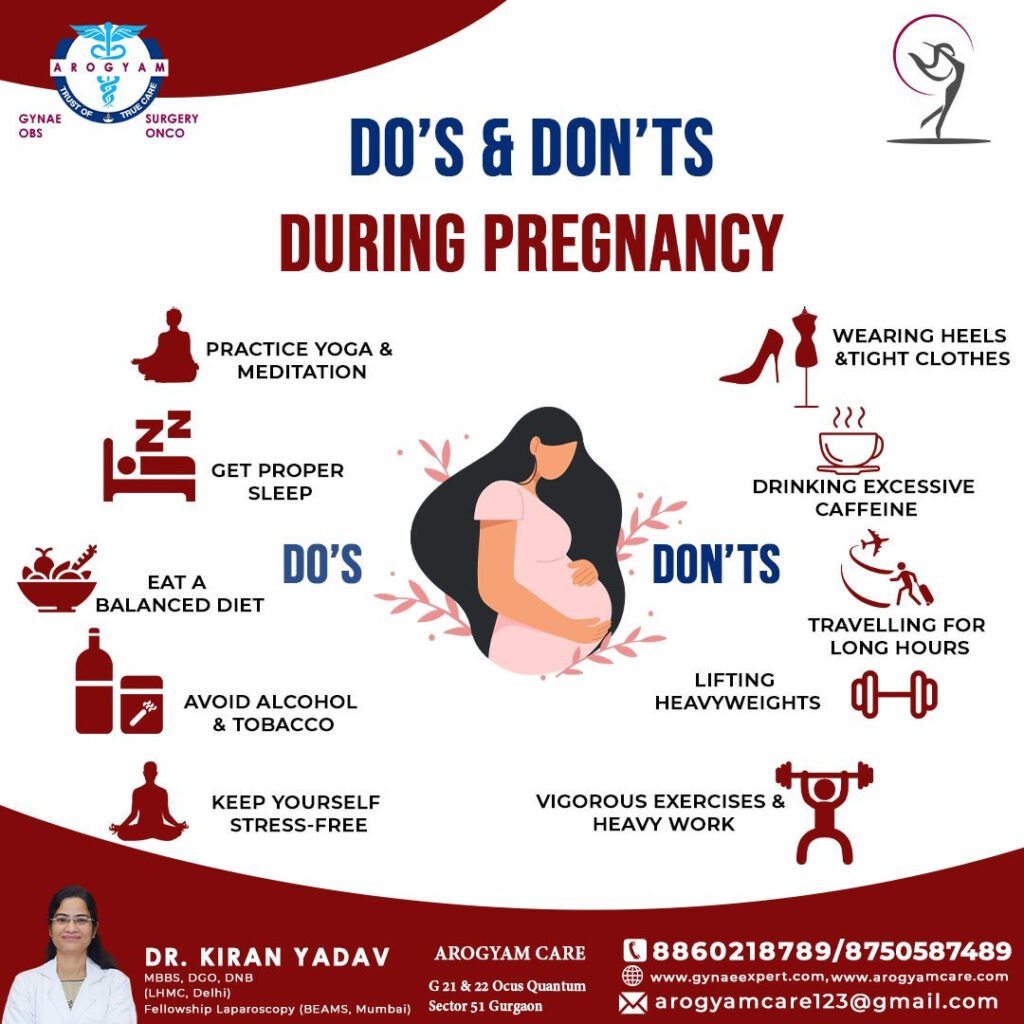Normal and High-Risk Pregnancy: Understanding the Differences and Care
Normal and High Risk Pregnancy: Being pregnant is every woman’s dream. The right age for pregnancy is between 18 and 35 years. Pregnancy is the life changing event which happens naturally for most women. Every woman has a different experience with pregnancy. Some have it easy while some have it hard. In such conditions, it becomes normal to distinguish between a normal and high-risk pregnancies. Most women are delaying having the baby. This makes getting pregnant harder than usual.

1. What is a Normal Pregnancy?
A normal pregnancy refers to a pregnancy that progresses without any significant complications or health concerns for the mother or baby. During a normal pregnancy, the mother undergoes regular prenatal checkups, and the baby develops as expected. Typical symptoms of a normal pregnancy include morning sickness, fatigue, and back pain, but these are usually manageable and not life-threatening.
A normal pregnancy is generally considered low-risk, and most women will:
- Deliver at full term (around 37 to 42 weeks).
- Experience regular prenatal care visits to monitor the health of the baby and mother.
- Go through routine prenatal tests like ultrasounds, blood tests, and glucose tolerance tests.
Read about first trimester pregnancy care
Read about second trimester pregnancy care
Cervical Incompetence

2. What is a High-Risk Pregnancy?
A high-risk pregnancy occurs when the mother or baby faces increased risks of complications. This can be due to pre-existing health conditions, complications that arise during pregnancy, or other factors. Women with high-risk pregnancies need more frequent monitoring, specialized care, and sometimes early interventions to ensure a healthy pregnancy and delivery.
3. Normal and High Risk Pregnancy: Risk Factors for High-Risk Pregnancy
Several factors can contribute to a high-risk pregnancy. These may include:
- Maternal Age: Women over the age of 35 or younger than 17 have a higher risk of complications during pregnancy.
- Pre-existing Medical Conditions: Chronic conditions like diabetes, hypertension (high blood pressure), heart disease, kidney disease, or autoimmune disorders can increase the risk of pregnancy complications.
- Multiple Pregnancy: Carrying twins, triplets, or more increases the likelihood of complications like premature birth or gestational diabetes.
- Previous Pregnancy Complications: A history of miscarriage, preterm labor, or previous high-risk pregnancies can increase the risk of complications in future pregnancies.
- Lifestyle Factors: Smoking, drug use, or excessive alcohol consumption during pregnancy increases the chances of pregnancy complications.
- Obesity or Underweight: Being significantly overweight or underweight before pregnancy can lead to complications such as preeclampsia, gestational diabetes, or preterm birth.
- Gestational Diabetes or Preeclampsia: These conditions can develop during pregnancy and increase the risks for both the mother and baby.
- Infections: Certain infections, like HIV, hepatitis, or sexually transmitted infections (STIs), can make pregnancy more complex.
4. Common Complications in High-Risk Pregnancy
Women with high-risk pregnancies are more susceptible to specific complications, including:
- Gestational Diabetes: A form of diabetes that develops during pregnancy, leading to high blood sugar levels that can affect both the mother and baby.
- Preeclampsia: A condition marked by high blood pressure and damage to organs like the liver and kidneys. If untreated, it can be life-threatening for both mother and baby.
- Preterm Labor: Labor that occurs before 37 weeks, which can lead to premature birth and potential health issues for the baby.
- Placenta Previa: A condition where the placenta covers the cervix, increasing the risk of bleeding during pregnancy and delivery.
- Fetal Growth Restriction: The baby may grow more slowly than expected, increasing the risk of complications during birth.
- Miscarriage or Stillbirth: High-risk pregnancies have a higher chance of ending in miscarriage or stillbirth, where the baby dies before birth.
5. How are High-Risk Pregnancies Managed?
Managing a high-risk pregnancy requires close monitoring and specialized care. Some common approaches include:
- Frequent Prenatal Visits: Women with high-risk pregnancies need more frequent checkups to monitor the health of both the mother and baby. This includes more ultrasounds and fetal monitoring.
- Medications: Depending on the condition, medications may be prescribed to control blood pressure, manage diabetes, or prevent preterm labor.
- Specialized Tests: Additional tests, such as amniocentesis or chorionic villus sampling (CVS), may be recommended to detect genetic conditions or other complications.
- Bed Rest or Limited Activity: In some cases, doctors may recommend bed rest or restricting physical activities to prevent premature labor or other complications.
- Referral to a Specialist: Women with certain conditions may be referred to a maternal-fetal medicine specialist who focuses on high-risk pregnancies.
- Early Delivery: If the risks to the mother or baby become too high, doctors may recommend an early delivery, either through induced labor or C-section.
6. Preventing Complications in a High-Risk Pregnancy
While some risk factors, like age or pre-existing conditions, cannot be changed, there are steps women can take to reduce the risk of complications during a high-risk pregnancy:
- Regular Prenatal Care: Attending all prenatal appointments is essential to monitor the health of both the mother and baby.
- Healthy Diet and Exercise: Eating a balanced diet rich in vitamins and minerals and staying active can promote a healthy pregnancy and reduce complications like gestational diabetes.
- Avoid Harmful Substances: Pregnant women should avoid smoking, alcohol, and drug use, as these can increase the risk of complications.
- Manage Chronic Conditions: If you have a pre-existing medical condition, work closely with your healthcare provider to manage it during pregnancy.
- Take Prenatal Vitamins: Taking prenatal vitamins with folic acid can help prevent certain birth defects and support the baby’s development.
- Watch for Warning Signs: Recognizing symptoms like severe headaches, vision changes, unusual swelling, or bleeding is crucial. Seek immediate medical attention if any of these symptoms occur.
7. The Importance of Prenatal Care
Whether a pregnancy is normal or high-risk, prenatal care is vital to ensure the health of both mother and baby. Prenatal visits allow healthcare providers to monitor the pregnancy and identify potential issues early on. Early detection of complications can lead to timely interventions, improving outcomes for both the mother and the baby.
8. Normal and High Risk Pregnancy: Emotional Support During High-Risk Pregnancy
A high-risk pregnancy can be emotionally challenging for both the mother and her family. Feelings of anxiety, fear, and stress are common, and it’s essential to seek emotional support during this time. Joining support groups, talking to a counselor, or simply discussing concerns with loved ones can help alleviate some of the emotional burdens associated with a high-risk pregnancy.
Conclusion
Understanding the distinction between a normal and high-risk pregnancy is crucial for ensuring the best possible care and outcome for both mother and baby. While most pregnancies progress without complications, those considered high-risk require extra attention and care. By working closely with healthcare providers, following a healthy lifestyle, and attending all prenatal appointments, women can improve their chances of a safe and healthy pregnancy, regardless of risk factors.

